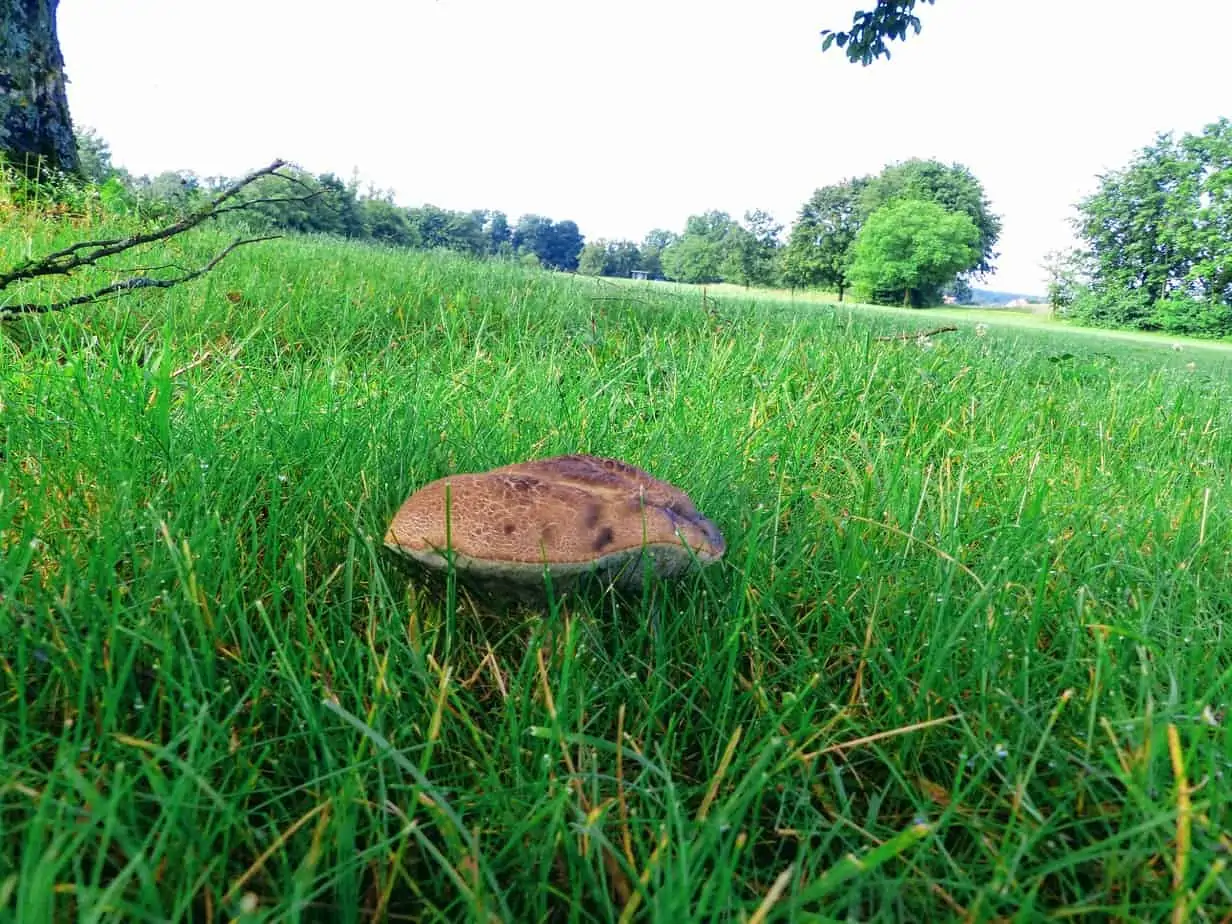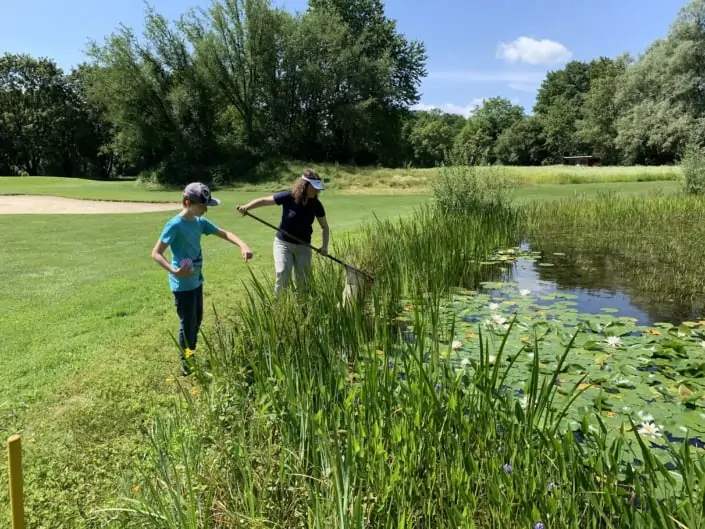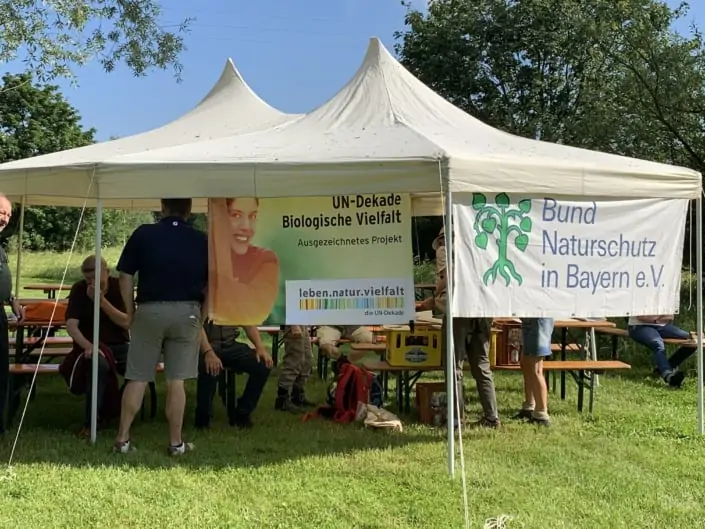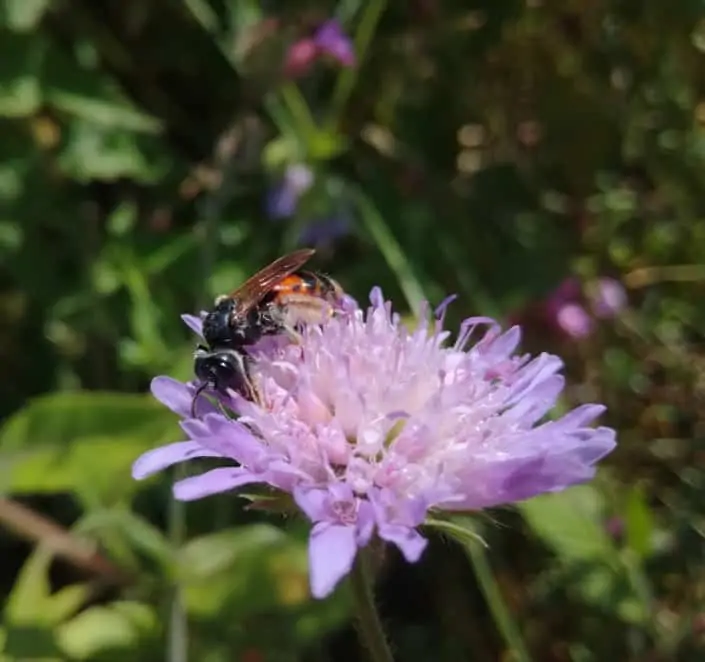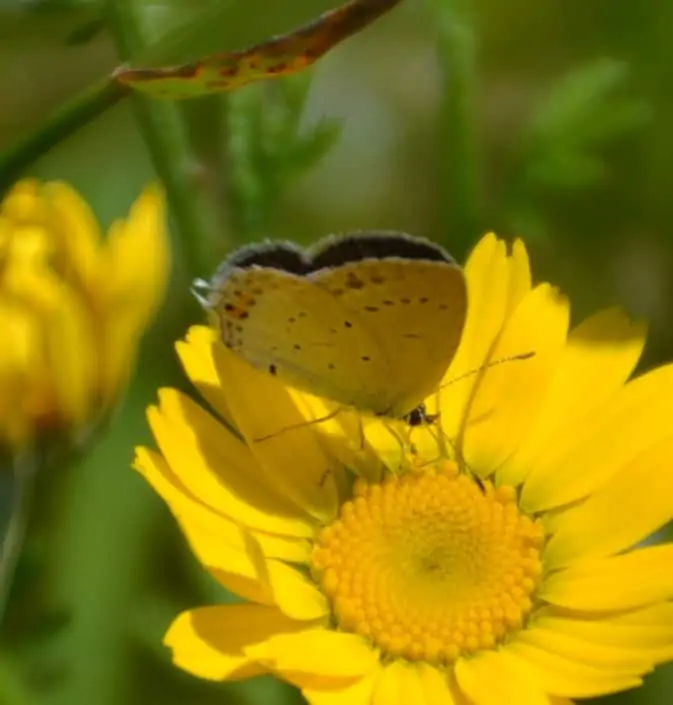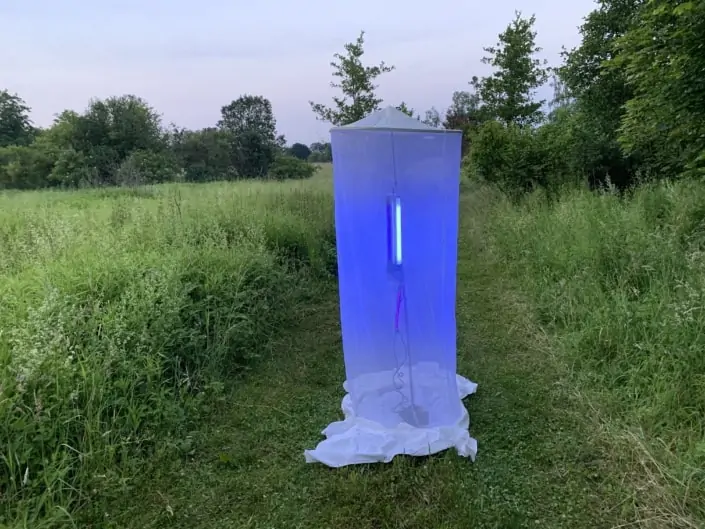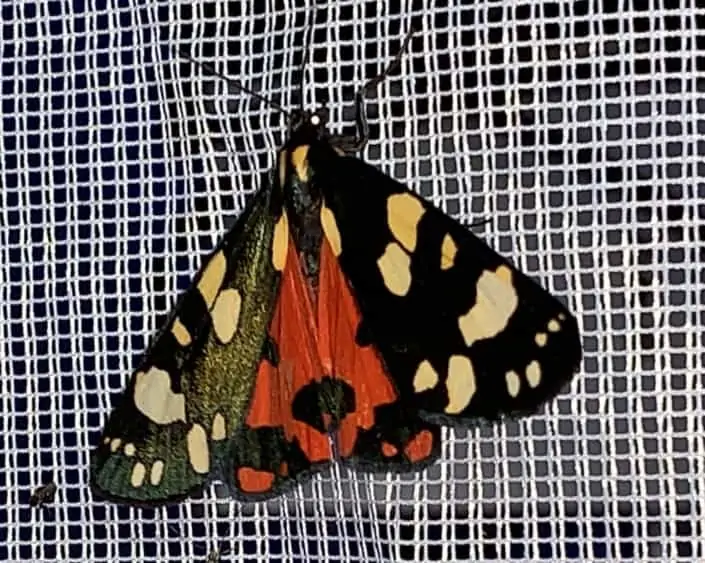GEO day at GC Altötting: field research on the golf course
The first balance is very positive: “It went great,” says Eveline Merches, summing up the results of the GEO Day of the Altötting district group of the Bund Naturschutz, which took place for the first time on the grounds of the GC Altötting-Burghausen . “The area has a lot of potential,” states Merches, who has been organizing the so-called GEO Day in Altötting for 13 years, which has now even been recognized as a UN Decade project. At least that was the unanimous opinion of the experts for birds, insects, amphibians, fungi and plants, who spent two days last weekend searching the compensation and extensive areas of the golf course for species.
Valuable Red List species were found
“We will get the exact surveys in the next few weeks, but it is already clear that we have found some Red List species,” says Merches, who analyzed the spiders on site and was able to identify an endangered species there as well. The fact that the golf course, due to its large area, does not pose the problem of being isolated was also positive for her. Rather, the areas are networked here so that the animals can spread out easily over the long term.
The variety of species came as a complete surprise to the experts. “There were certainly reservations about the golf course,” notes Merches. But an initial inspection by a representative of the landscape conservation association showed that the golf course could be of interest for the GEO Day.
Largest field research campaign in Central Europe
The GEO Days, which were launched by the GEO magazine in 1999, are the largest field research campaign in Central Europe. The participants, more than 15.000 people each since 2015, identify as many different plants and animals as possible over a period of 24 hours. The aim is to take stock of the immediate environment and to raise awareness of biodiversity on our own doorstep.
The Altötting district group of the Bund Naturschutz is considered to be particularly committed to the implementation of the project, which is also recognizable from the award as a ” Project of the UN Decade of Biological Diversity“. In addition to the integration of children and young people via a GEO youth day at the start of the annual campaign, the local population can also benefit from the knowledge of the experts, who can be joined in the species survey. This was not possible last weekend, nor was it possible to involve the children due to the hygiene measures relating to the Corona crisis. The project in Altötting is supplemented by the GEO Mushroom Day, which takes place in autumn.
For the GC Altötting-Burghausen, which received silver certification last week as part of the German Golf Association ‘s “Golf and Nature” project, the expert inspections brought important new insights into biodiversity on the course. For example, the detection of the young green woodpecker (Picus viridis) and the fungus hornbeam boletus (Leccinum carpini) was new. Club manager Markus Löffl is now waiting for the exact results of the survey, which should be available by September. “Of course there are still opportunities to do something better here,” says Eveline Merches. The exchange between the experts from the Bund Naturschutz and those responsible for the golf club could mean further upgrading of the compensation and extensive areas in the future. For Löffl, however, the elimination of image problems in golf was also an essential aspect of GEO Day. “The scientists clearly got a completely new impression of the subject of golf.”
You can find more information about the results of the GEO Days in Altötting here :

